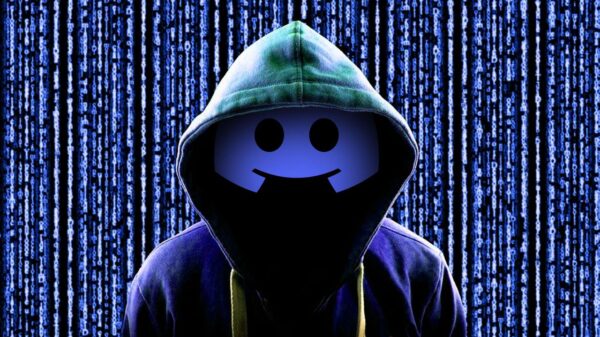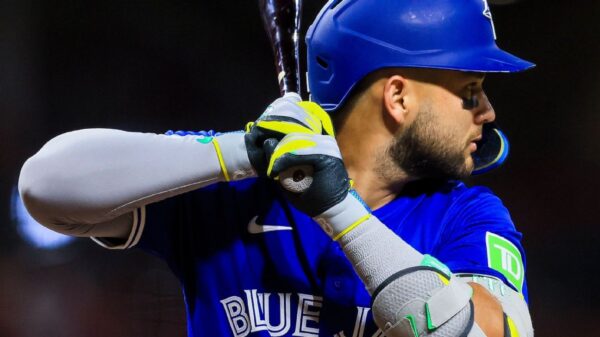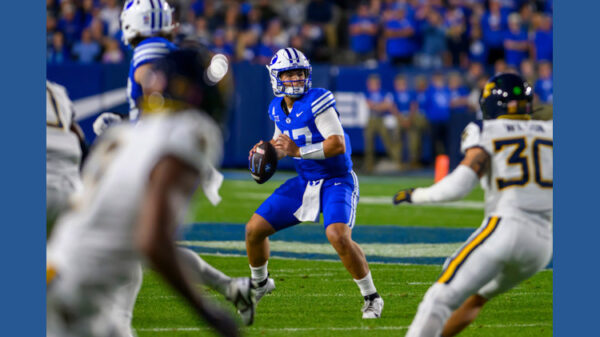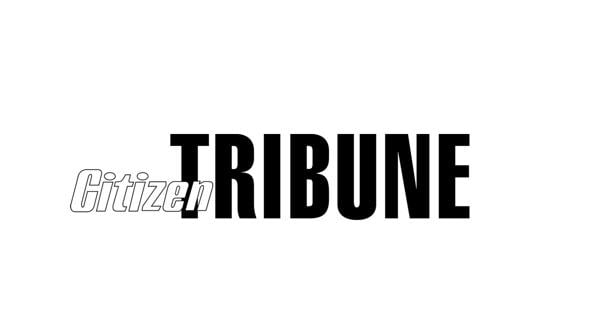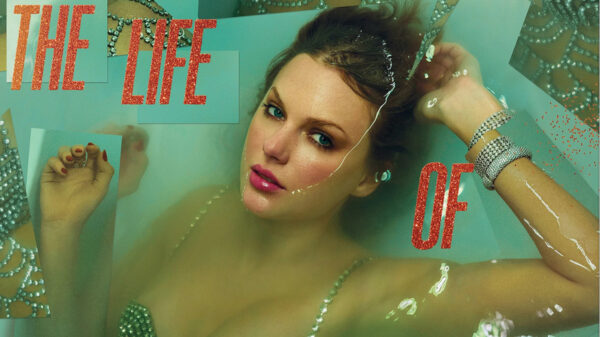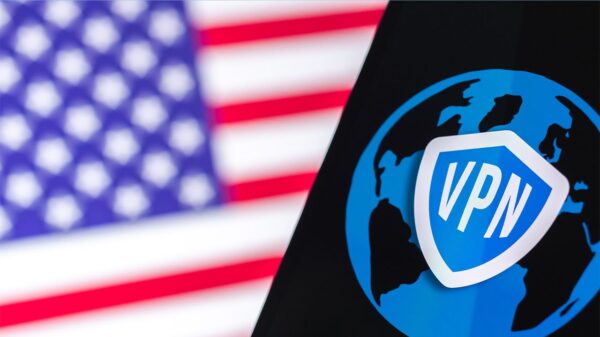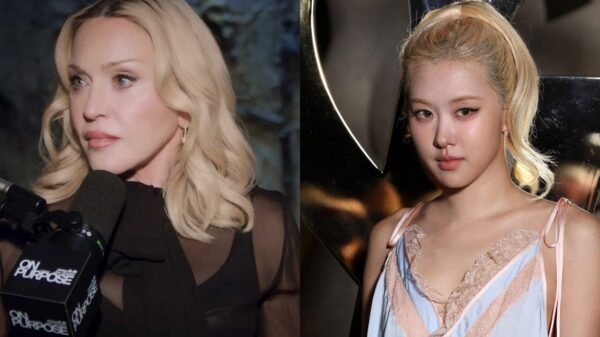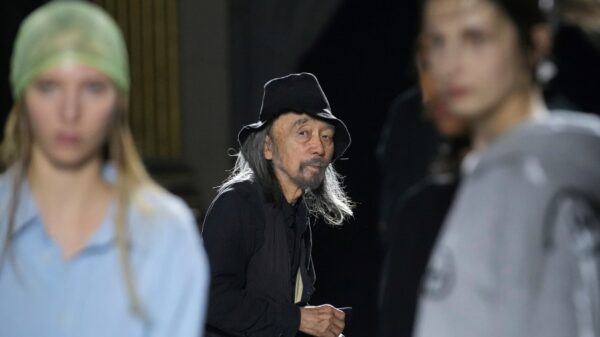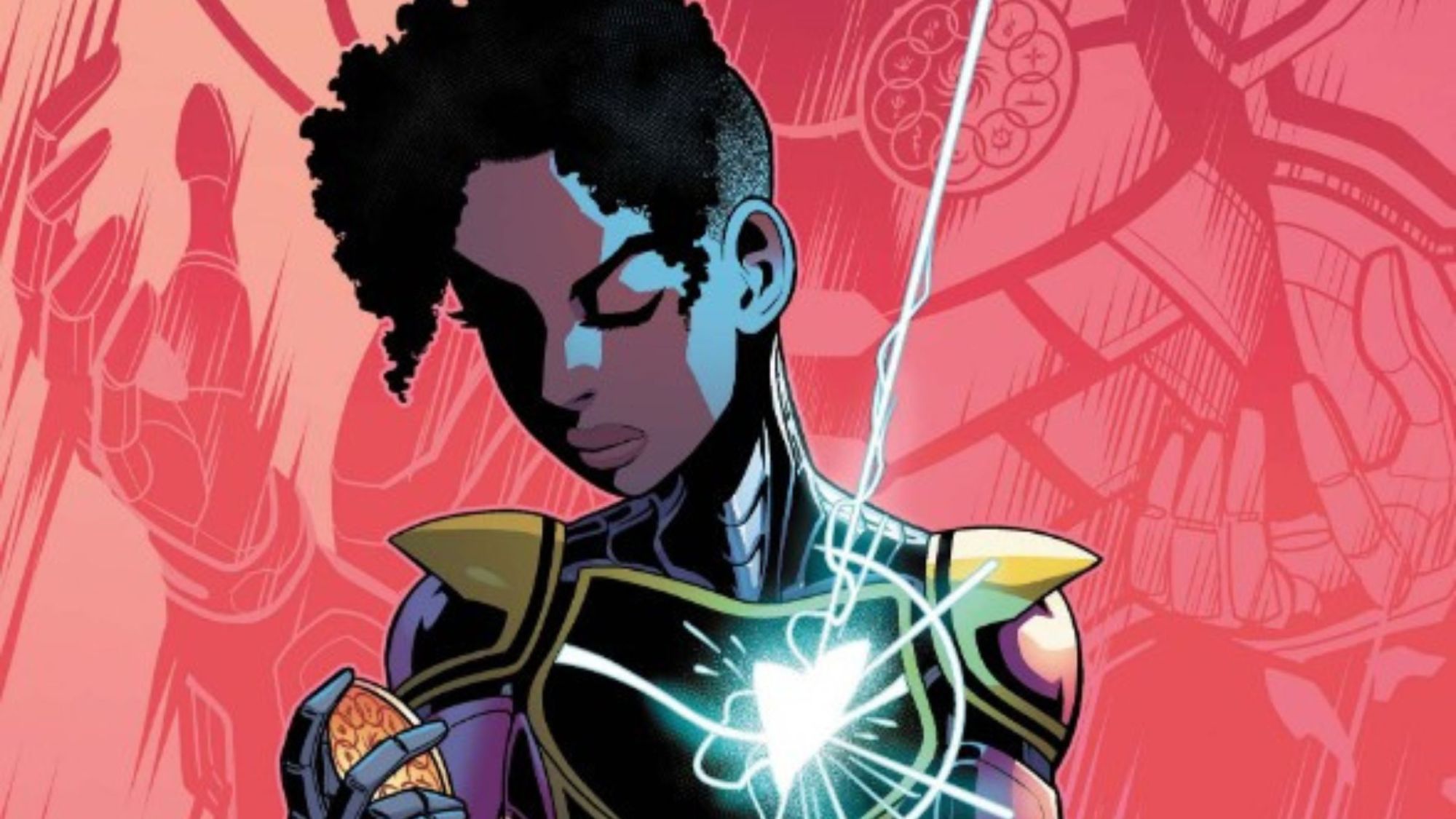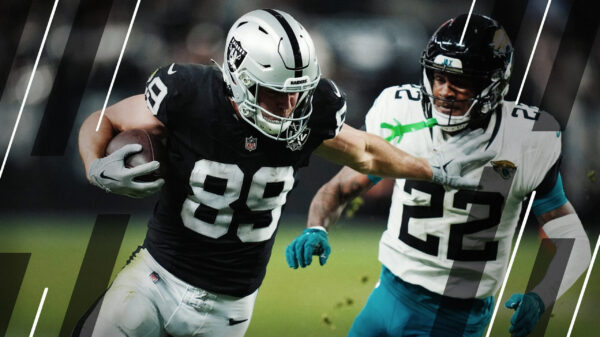The comic book industry is experiencing a growing demand for more leading female heroes. Despite a plethora of characters available, there remains a significant imbalance between male and female superheroes. While notable figures like Kamala Khan and Batgirl have gained popularity, many argue that the industry still has a long way to go in providing diverse female representation.
Historically, comic books have been dominated by male characters. Although publishers have made strides to introduce female heroes, the majority of these characters often draw inspiration from their male counterparts. For instance, characters like Batgirl (inspired by Batman) and Supergirl (based on Superman) continue to echo the narratives of their male predecessors. While these heroines have developed their own identities, the reliance on male templates limits the potential for original female-led stories.
The concept of legacy characters further complicates the landscape. These characters inherit their roles from established heroes, leading to an overemphasis on familiar names. While some legacy characters, such as Kamala Khan, have successfully created their own narratives—Khan took on the Ms. Marvel mantle from Carol Danvers—many fans perceive them as temporary replacements rather than dynamic new leads. This perception can hinder investment in these characters and their stories.
Statistics reveal a troubling trend: female-led comic series often face higher cancellation rates compared to their male-led counterparts. Despite Wonder Woman being a flagship character for DC Comics, her solo series lacks the same promotional support as those of Batman or Superman. Similarly, there was a significant gap between the first film in the Marvel Cinematic Universe and the first female-led movie, highlighting a systemic issue in representation.
Expanding the Narrative Landscape
Creating more female superheroes is essential for enriching the comic book landscape. Diverse characters contribute unique motivations and complex backstories, fostering new types of conflicts and narratives. When new characters are given the opportunity to shine, the entire community benefits, as fans are introduced to fresh perspectives and stories.
In conclusion, the call for more leading female heroes in comic books is not merely about representation; it is about enriching storytelling and expanding the industry’s narrative possibilities. By embracing original female characters who stand apart from male templates, the comic book industry can foster a more inclusive environment that resonates with a broader audience. The future of this industry hinges on its ability to evolve and reflect the diverse world we live in, making the case for more leading female heroes more pressing than ever.


